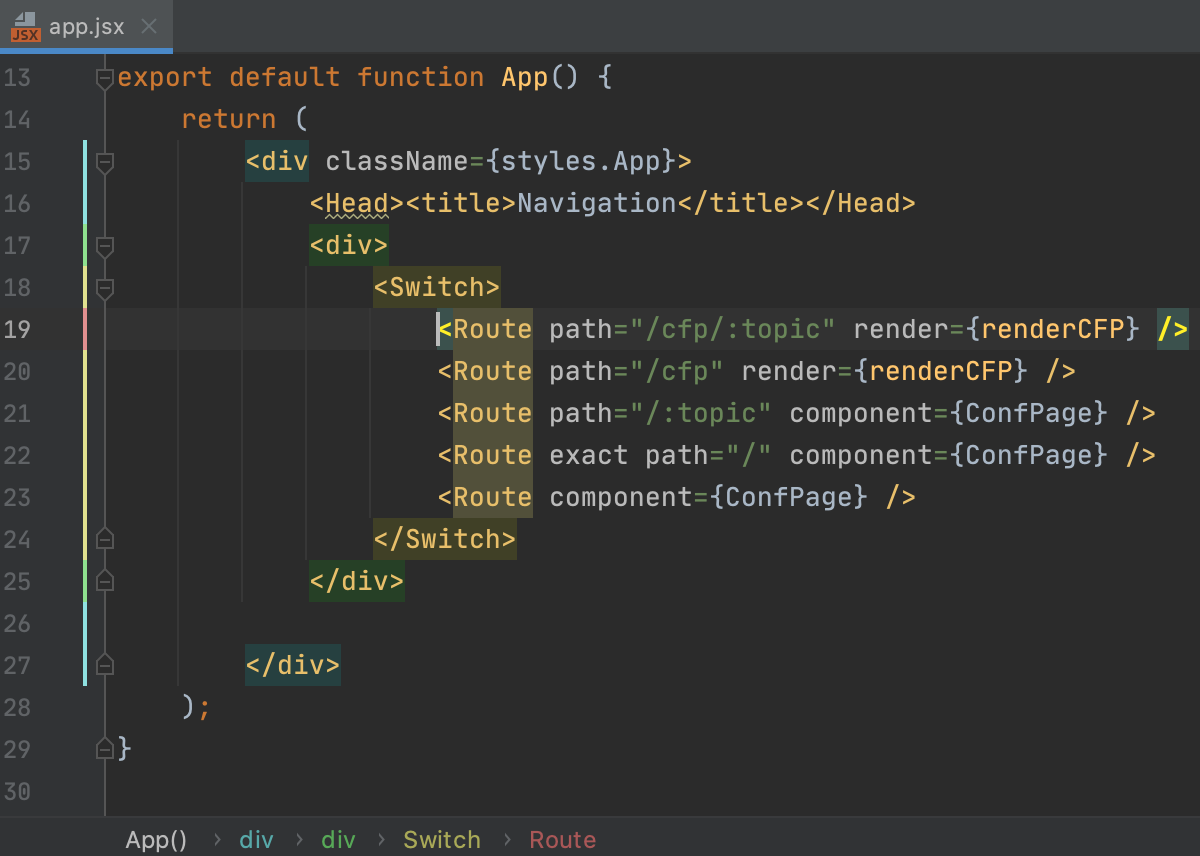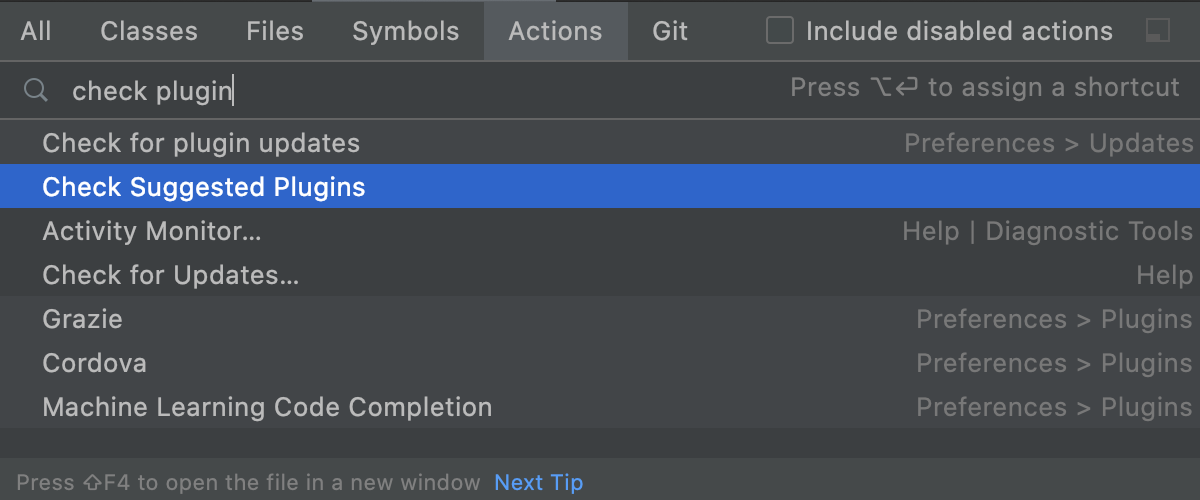

If the search results have too many entries, then WebStorm shows the first hundred usages found and the more usages option on the bottom of the window which you can click to display another hundred usages, and so on until the search is finished. If you want to quickly switch to the default scope, press Control+Alt+F7. The usages window shows the current scope and total count of usages.


WEBSTORM DISABLE TYPO CHECK CODE
In the editor, select a symbol for which you want to see the usages.įrom the main menu, select Edit | Find Usages | Show Usages In Code Control+Alt+F7.Ĭlick to move the search results to the Find tool window. You can view usages of the selected symbol in a separate window that you can move to different parts of your screen and use for quick navigation. In this case, the file with the result usage is opened in the editor. In the Find tool window, click the Preview Source icon.Īs an alternative, you can select Jump to Source if you invoke the context menu on a usage found or Show in Split. You have several options to see the code source for the usages found. You can use the Find Usages action as an alternative to the Call Hierarchy actions. While in the Find tool window, you can also use the Preview area to check the places where the usages were found, to see a call hierarchy for methods, data flow for fields, and so on. To disable this functionality, unselect the Enable similar usages clustering in Find Usages view in the advanced settings. You can select any group node from the list and click Show similar usages to look through the results. These usage clusters appear in the Preview tab. WebStorm analyzes search results, detects the most common usage patterns, and categorizes all found usages into groups based on their structural similarity. To open the Find Usages dialog, click on the toolbar in the Find tool window or press Control+Alt+Shift+F7. If you need, you can group ( ) the results by files, packages, directories, and so on. Select a symbol for which you want to find usages, right-click the symbol, and select Find Usages from its context menu or press Alt+F7.Ĭheck the results in the Find tool window. Alternatively, select the Code vision node and change the Default position for metrics. On the Inlay Hints page, that opens, select the appropriate setting from the Position list.

To change this position, click Configure from the context menu of a hint. To turn them off, hover over a hint and select Hide 'Code Vision: Usages' Inlay Hints or Hide All 'Code Vision' Inlay Hints from the context menu.īy default, Usages hints are shown above classes and interfaces. Usages inlay hints are enabled by default. Click the hint in the editor to jump to the usage or to select the relevant one from the list. Search for usages in a projectĬlick Usages hints that are displayed next to a class or an interface and show the number of its usages. Use the F3 and Shift+F3 shortcuts to navigate between highlighted symbols. WebStorm selects the first usage occurrence in the file. When automatic highlighting is disabled, press Control+Shift+F7 to highlight all usages of a symbol at caret within the file.įrom the main menu, select Edit | Find Usages | Find Usages in File Control+F7. To turn this highlighting off, open the Settings dialog ( Control+Alt+S), go to Editor | Code Editing, and clear the Usages of element at caret checkbox in the Highlight on Caret Movement area. In the editor, select a symbol you want to find, WebStorm automatically highlights all found usages in the file. Moreover, you can configure the color of the usages highlighting or disable the automatic highlighting of usages altogether. You can manage the search process, and search only in a single file, extend your search to the whole project, or create a certain search scope. With the Find Usages actions you can search for the references of your code element throughout the whole codebase.


 0 kommentar(er)
0 kommentar(er)
